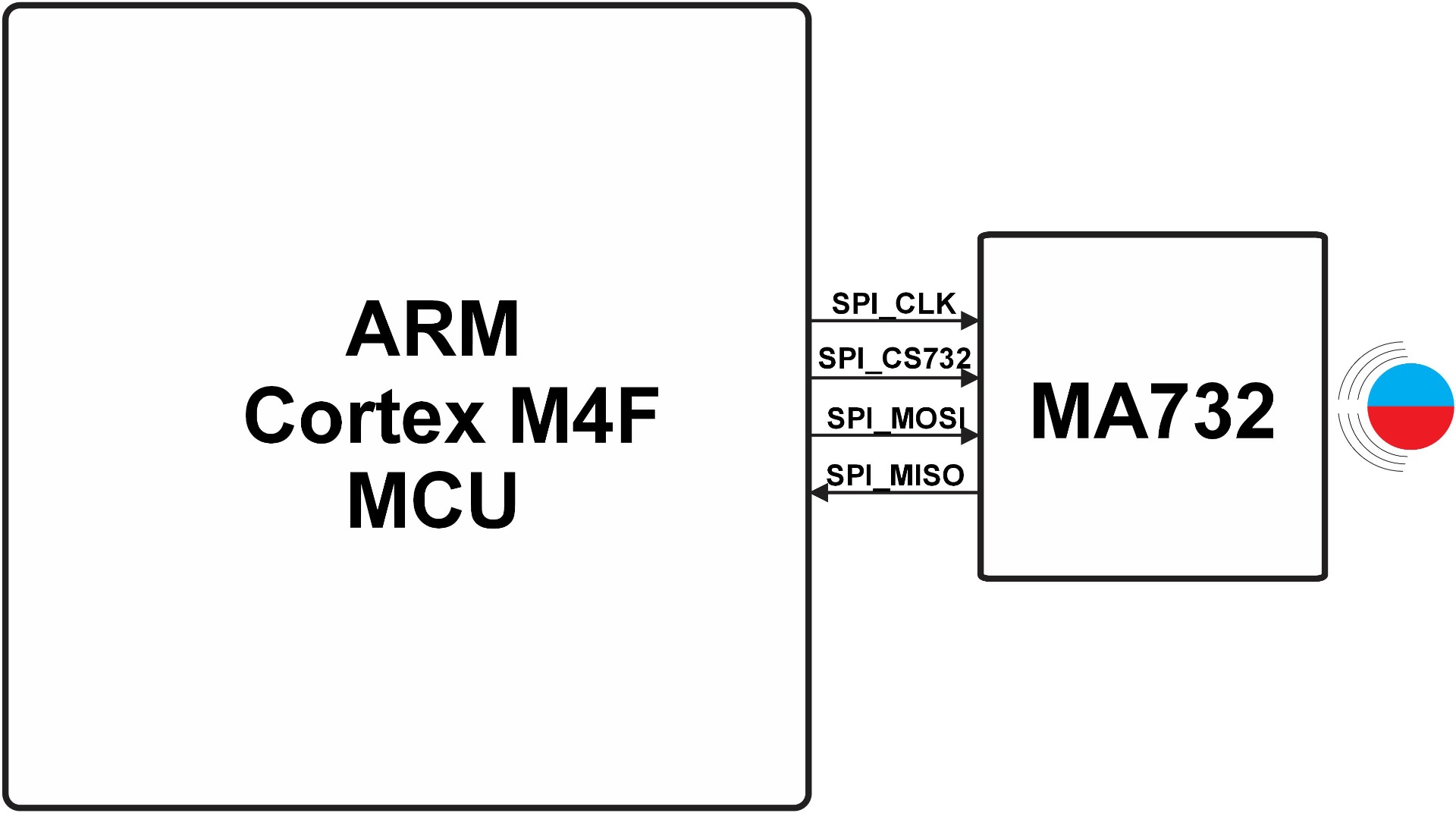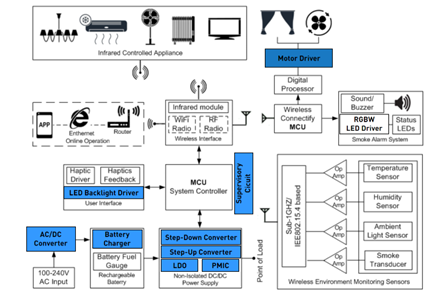Technological Advances and Innovations
The landscape of direct current (DC) motor technology is continuously expanding, driven by advancements in materials science, electronics, and computational methodologies. These advancements not only enhance the performance and efficiency of DC motors but also expand their potential applications.
Recent Developments in DC Motor Technology
In recent years, there have been major developments in DC motor technology, with the primary focus being on boosting efficiency, decreasing size, and improving durability. Among the innovations are:
High-Efficiency Materials: Materials with a high efficiency innovative magnetic materials with higher flux densities have led to the development of motors with higher torque and more efficient operation. Magnets made of rare earth elements, such as neodymium, are becoming increasingly prevalent in brushless DC motors because of the enormous performance gains they offer.
Improved Thermal Management: Recent developments in cooling methods and thermal materials have made it possible for DC motors to function at higher power levels without experiencing overheating. This includes the use of improved thermally conductive polymers, such as changing the polymer's molecular structure to generate a structure similar to crystals, which could result in an increase in thermal conductivity. The crystal-like structure has the potential to reduce phonon scattering, which would result in an improvement in the polymer's ability to conduct heat. and cutting-edge cooling designs that effectively dissipate heat in an appropriate manner.
Electronic Commutation and Control: The introduction of advanced electronic controllers, like vector control, has completely revolutionized the control of brushless DC motors. The motors are able to function more effectively in a wide variety of settings thanks to their controllers, which enable precise control over speed, torque, and position.
Sensor Integration: By incorporating sensors directly into the motor assembly, performance characteristics can be monitored in real time. These parameters include temperature, speed, and load. Using this data, predictive maintenance, performance optimization, and premature failure prevention are all possible outcomes.
Emerging Trends in Motor Design and Application
Existing trends, which reflect greater technological and socioeconomic transformations, are also influencing the future of DC motors. These trends include:
Miniaturization: There is an increasing desire for motors that are smaller and more compact for use in portable and wearable electronics. Miniaturization is a term that describes this trend. As a result of advancements in both materials and manufacturing techniques, it is now possible to manufacture tiny motors that do not sacrifice power or efficiency.
Internet of Things (IoT) Integration: Rapidly connecting DC motors into IoT systems allows for remote control and monitoring of the motors. Because of this connectedness, applications such as industrial automation systems and smart home gadgets are able to function in a more intelligent and efficient manner.
Sustainability and Renewable Energy: The demand for sustainable and renewable energy solutions is driving the development of DC motors that can run on alternative energy sources. This category includes motors developed for solar-powered systems and electric cars. The design of these motors aids in the transition to a more sustainable energy landscape.
Customization and 3D Printing: The ability to personalize motor designs for specific applications is becoming more accessible as a result of advances in 3D printing and digital manufacturing. Customization is also becoming more affordable. This trend enables quick prototyping and the production of motors customized to meet specific specifications.
Continuous innovation and the ability to adapt to new possibilities and challenges will be the defining characteristics of DC Motors' future. Not only are technological advancements and developing trends enhancing the performance and efficiency of these motors, but they are also opening up new opportunities for their application in a wide variety of fields, ranging from consumer electronics to renewable energy systems. As the technology behind DC motors advances, it will continue to play an important role in providing power to the instruments and systems that are necessary for modern life and the goal of sustainability.
Sustainable Practices and Energy Efficiency
The global demand for energy efficiency and sustainability inextricably determines the future of DC motors. As the level of concern about climate change and environmental destruction continues to rise, there is a growing need for motors that have a smaller environmental footprint and require less energy. The design, production, and application of DC motors are all undergoing substantial changes as a result of this transition toward better environmental sustainability.
Environmental Impact and Sustainability Considerations
Sustainability considerations have an impact not only on the design and operation of DC motors, but also on the full lifecycle of these mechanical devices.
Manufacturing Processes: There is a growing emphasis on developing more environmentally friendly procedures for the production of DC motors. Among these are the use of recycled materials, the reduction in the use of hazardous compounds, and the improvement of manufacturing efficiency in order to reduce waste production and energy consumption.
Lifecycle Analysis: Lifecycle analysis is conducted to assess the environmental impact of DC motors from their production to their disposal. An effort is now being made to design motors that are more easily recyclable and contain components that can be reused or decomposed in a secure manner. ABB is a firm that stands out in the drive to promote environmentally responsible practices and energy efficiency, particularly in the field of electric motors, which includes DC motors. Through its many projects targeted at enhancing energy efficiency and making it easier to recycle electric motors, ABB has demonstrated its dedication to the concept of sustainability.
Regulatory Compliance and Standards: Environmental rules and standards are the primary forces behind the widespread adoption of motors that are more energy-efficient. Legislation aims to decrease the use of inefficient motors and promote the use of high-efficiency alternatives in both industrial and consumer applications. It's crucial to consider the following factors:
- IEC 60034-30-1: The International Electrotechnical Commission (IEC) uses the standard known as IEC 60034-30-1 to specify efficiency classes for single-speed, three-phase, and cage-induction cage-induction motors. IE1 (standard efficiency), IE2 (high efficiency), IE3 (premium efficiency), and IE4 (super premium efficiency) are the four degrees of efficiency that are defined by this document.
- IEEE 841: This standard, which was developed by the Institute of Electrical and Electronics Engineers, is designed for squirrel cage induction motors that are designed for severe-duty applications and are fully enclosed fan-cooled (TEFC). It places a strong emphasis on high reliability and efficiency, particularly for the petroleum and chemical industries.
- EU MEPS (European Minimum Energy Performance Standard): The European Union has developed EU MEPS, or the European Minimum Energy Performance Standard, as a set of minimum efficiency criteria for electric motors marketed within its member states. The European Union is currently promoting the utilization of IE3 and IE4-class motors in a variety of applications.
- United States Department of Energy (DOE) Regulations: The DOE has set precise efficiency standards for electric motors sold in the United States. Recent updates have broadened the scope of covered motors and set higher efficiency benchmarks. This is a step towards achieving IE3 standards for a wide variety of motors.
- Energy Independence and Security Act (EISA): In the United States, the Energy Independence and Security Act (EISA) is a piece of legislation that includes measures for motor efficiency. These provisions mandate that specific types of electric motors must satisfy the efficiency levels associated with the IE2 (NEMA Premium) standard.
The future of direct current (DC) motors will be defined by a strong emphasis on conservation of energy and environmental sustainability. As a result of technological advancements, smart design, and responsible manufacturing procedures, DC motors are undergoing a process of evolution in order to address the difficulties posed by a world that is always changing. The continuation of these trends will surely result in an expansion of the role that DC motors play in developing a future that is both environmentally friendly and energy efficient. This will highlight the significance of DC motors not only in technological advancement but also in their management.






直接登录
创建新帐号